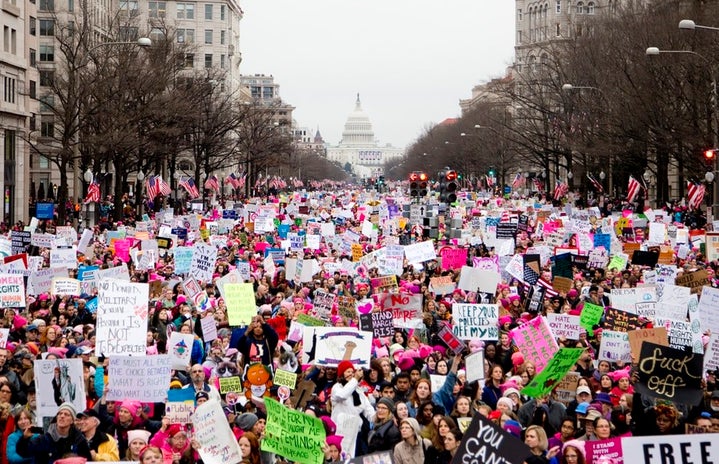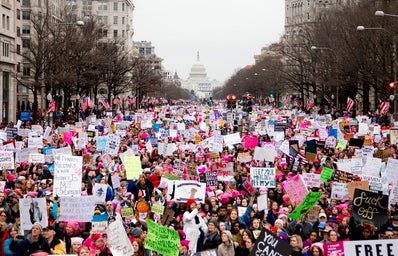While the global women’s and feminist movement has made huge strides over decades and centuries, including with a recent emphasis on recognizing intersectionality and highlighting the racialized problems women of color face— women across the United States. have also experienced extreme setbacks recently. Of course, the first to come to mind is the recent Supreme Court ruling in Dobbs v. Jackson Women’s Health Organization, returning the authority to regulate abortion up to state representatives.
The decision has already impacted a number of women across the country, predominantly affecting low-income women and even minors across the South and Midwest. In fact, a Florida Circuit Judge ruled in late August that a 16-year-old girl had not proved she was “sufficiently mature” to decide whether to have an abortion and terminate her own pregnancy (Siemaszko, 2022). The ruling, by two male and one female Judge, was also based on the reasoning that the girl, who was parentless, should obtain consent from her appointed guardian. Unfortunately, she is only one of a number of many vulnerable women who have already been directly affected by Dobbs.
Furthermore, crime rates in America continue to increase past pre-pandemic levels. The same patterns definitely stand true in my home in New York City— as just last week, Fox 5 reported that NYPD reports show that rapes in the city are up by nearly 11%, while other sex crimes have risen more than 15% this week to date (Schmidt, 2022). Living in this large urban city as a 20-year-old woman, my daily experiences and observations—even just on the subway—are a constant reminder that it is not safe out there for any woman, unfortunately regardless of age. While an estimated 91% of victims of rape and sexual assault are female, nearly 99% of perpetrators of these crimes are male according to the U.S. Department of Justice (Cal Poly Humboldt).
While gender is slowly becoming a more flexible and free concept in American sociocultural dynamics, challenges continue to persist nationwide in keeping our women alive at the hands of men making healthcare decisions implicating vulnerable lives, and in keeping women safe at the hands of male perpetrators violating female bodies. Before women in America can consider breaking boundaries in the numerous ways we still lack behind men, like in the “pink taxes” we pay— which is a discriminatory system in retail of gender-specific pricing, where items advertised to women cost more than the same objects for men— or the stark pay gap (Friedman et al., 2022), which most harshly affects women of color– we need to stay alive and retain rights to essential healthcare. While women acknowledge and recognize this problem as we are experiencing it, unfortunately our safety and livelihood aren’t in our hands and men need to listen, support, and take action to support vulnerable girls and women nationwide.
The consequences of a lack of male support are very real and happening right now, affecting the most vulnerable across the country.
References
Siemaszko, C. (2022, August 16). Florida court says teen is not ‘mature’ enough to have an abortion. NBCNews.com. Retrieved October 8, 2022, from https://www.nbcnews.com/news/us-news/florida-court-says-teen-not-mature-enough-abortion-rcna43344
Schmidt, L. (2022, September 30). As sex assaults rise, NYC women take up self-defense. FOX 5 New York. Retrieved October 8, 2022, from https://www.fox5ny.com/news/nyc-sex-assaults-rise-women-self-defense
Cal Poly Humboldt. (n.d.). Sexualized Violence Statistics. Supporting Survivors. Retrieved October 8, 2022, from https://supportingsurvivors.humboldt.edu/statistics#:~:text=An%20estimated%2091%25%20of%20victims,1%20This%20US%20Dept
Friedman, M., Hollander, J., & Ulubay, G. (2022, March 8). 30 ways women still aren’t equal to men. Marie Claire Magazine. Retrieved October 8, 2022, from https://www.marieclaire.com/politics/news/a15652/gender-inequality-stats/


